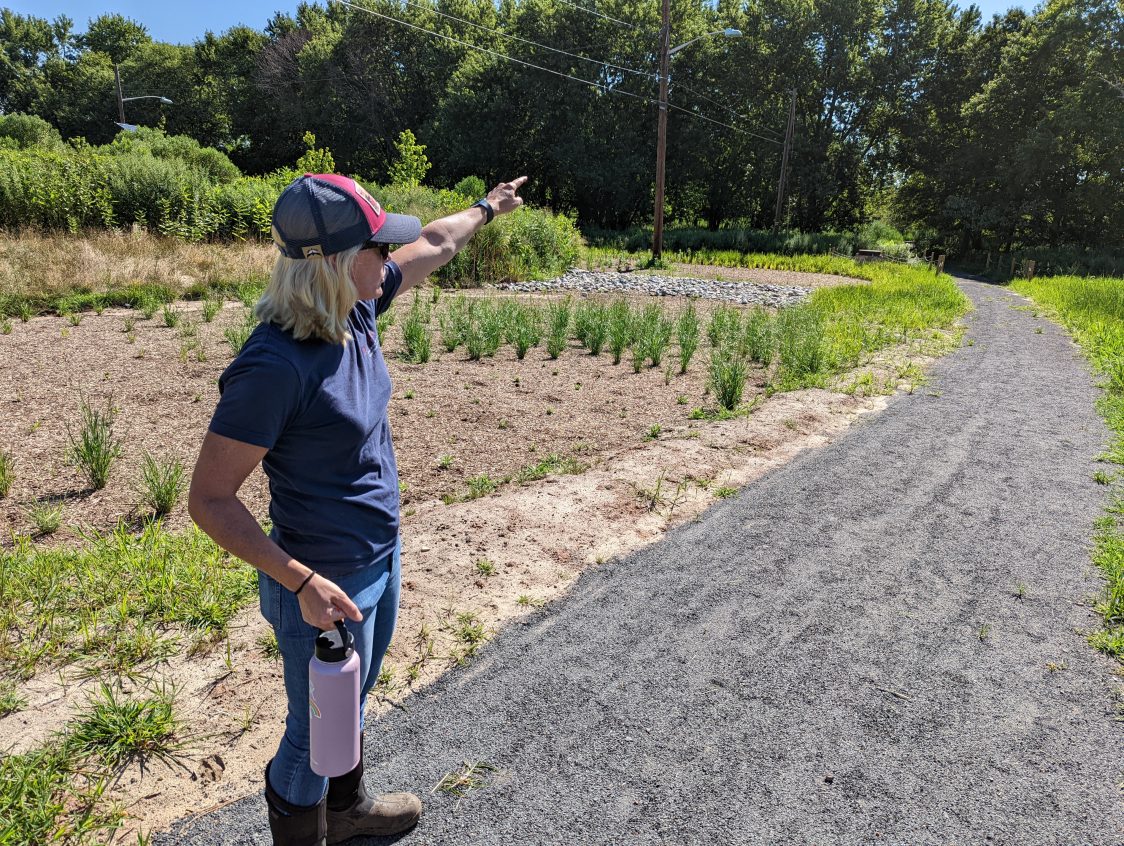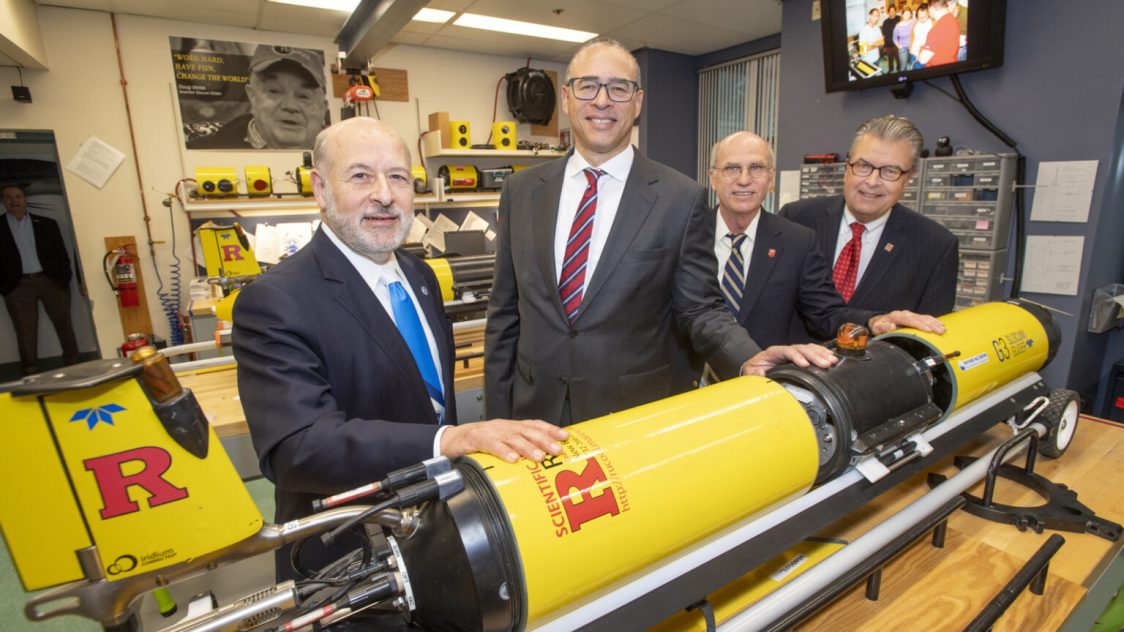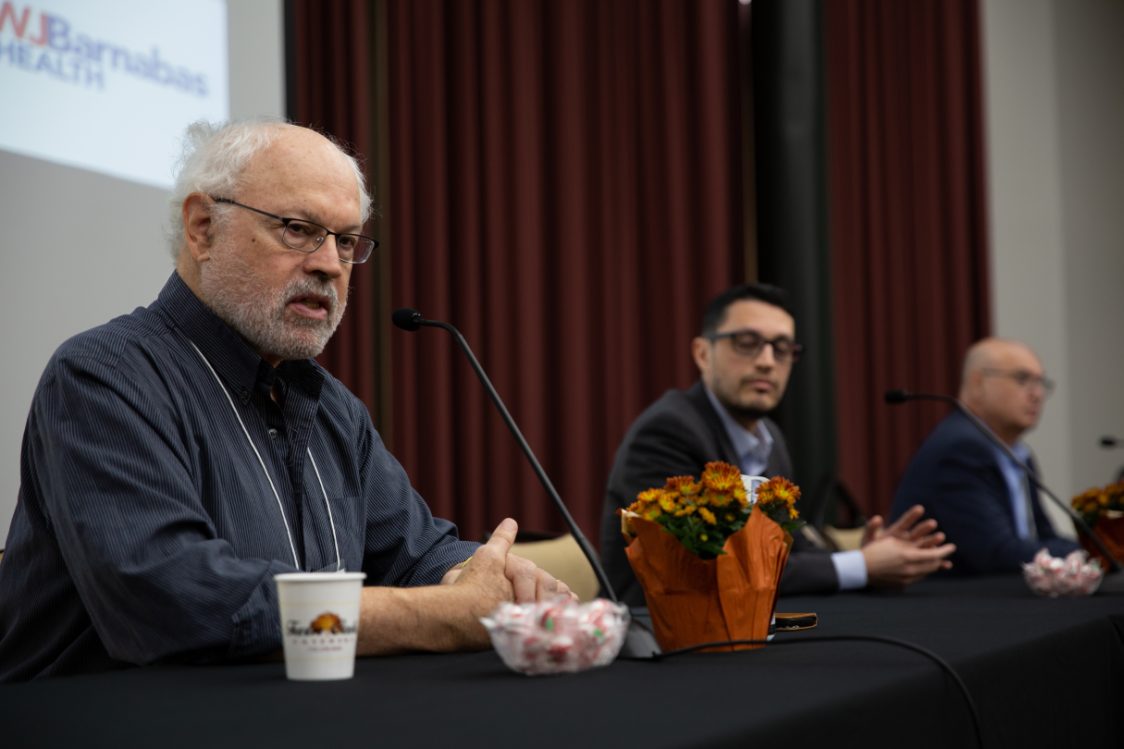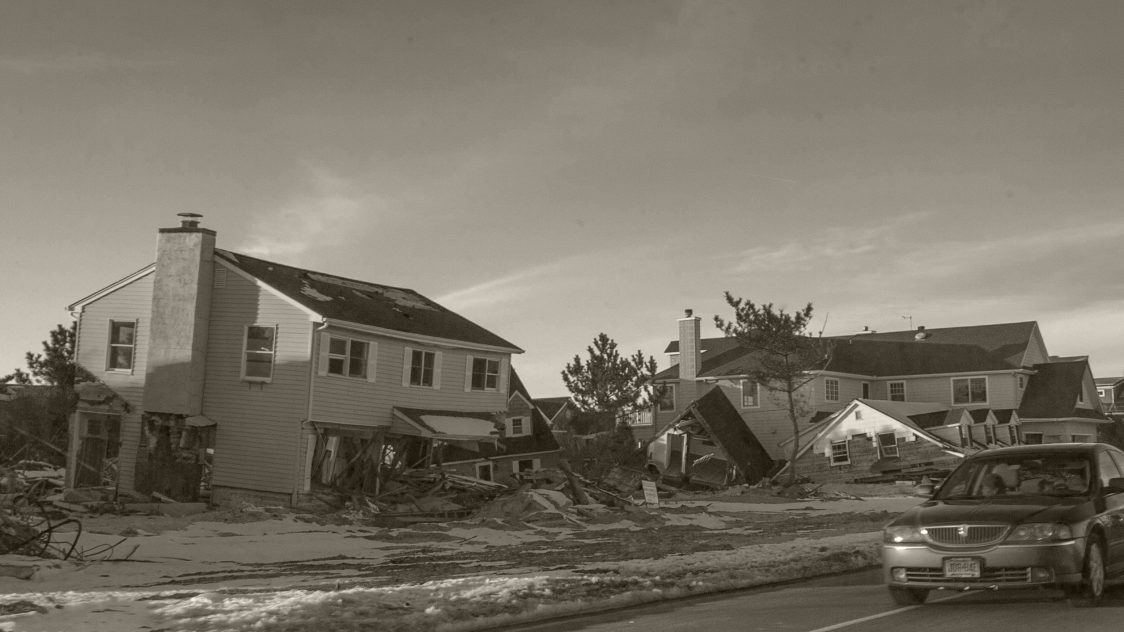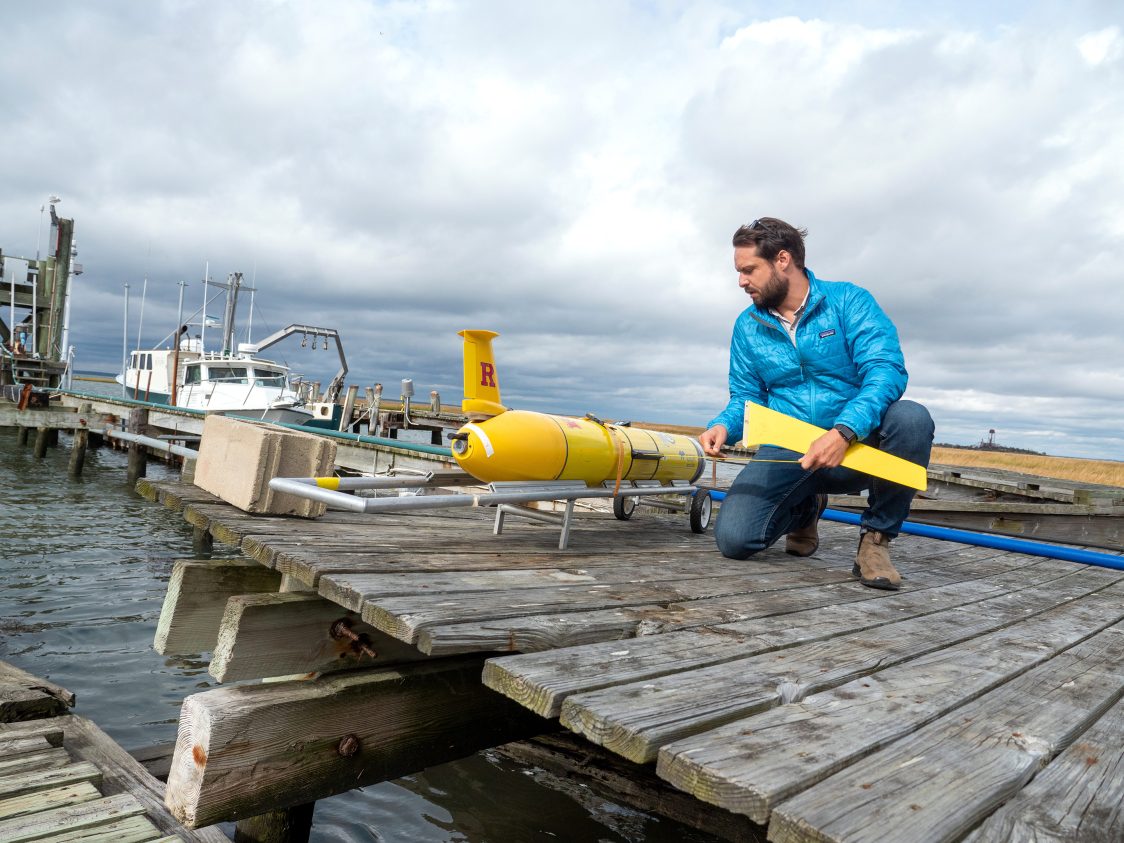A map of flood zones in New Jersey shows a state covered in blue, revealing that many residents live in areas susceptible to flooding. “You feel quite vulnerable looking at that map,” says Rutgers ecologist Brooke Maslo, “For sure.” The New Jersey Department of Environmental Protection uses federal dollars to buy out the homeowners of some of those flood-prone properties. …
Celebration of Excellence: 2022
On November 16, faculty, staff and students attended the 29th annual Celebration of Excellence for the School of Environmental and Biological Sciences and the New Jersey Agricultural Experiment Station held at the Cook Student Center. Thomas Leustek, dean of Academic Programs, was the master of ceremonies. This signature event acknowledges contributions that meet carefully-considered excellence criteria, including creativity, original work …
RU COOL Marks 30th Anniversary at the Forefront of Climate Change Research and Ocean Discovery
Rutgers, NOAA, and glider maker mark RUCOOL milestone. For 30 years, Rutgers’ Center for Ocean Observing Leadership (RUCOOL) has taken the lead in pioneering research that has changed our understanding of the oceans and the way information is collected. National Oceanic and Atmospheric Administration (NOAA) Administrator Rick Spinrad joined Rutgers President Jonathan Holloway and marine and coastal science researchers and …
Combatting Climate Change’s Effects With AI, Nanotechnology, and More
Alan Robock, a Distinguished Professor of climate science in the Department of Environmental Sciences at Rutgers, has whittled the essentials of global warming down to 10 words: “It’s real. It’s us. It’s bad. We’re sure. There’s hope.” Those last two words — there’s hope — were the focus of a symposium that brought dozens of researchers to Rutgers last week to discuss …
On 10th Anniversary of Hurricane Sandy, New Jerseyans Believe in Climate Change, See It as a Threat, and Are Concerned About Its Effects
Support for Various Climate-Related Policies, but Not How to Pay for It As the 10-year anniversary of Hurricane Sandy approaches and more than a year out from Hurricane Ida, the vast majority of New Jerseyan believe the Earth’s climate is changing, see it as a serious threat to the state and are concerned about the effects of changing climate conditions …
Reflections on Superstorm Sandy, 10 Years Later
Combating climate change is one of our greatest challenges. Rutgers experts break down the policies, infrastructure changes, social justice reforms and other work that will be necessary to weather the storm. Robert Kopp Professor, Department of Earth and Planetary SciencesCo-Director, University Office of Climate ActionPI, Rutgers Megalopolitan Coastal Transformation Hub (MACH) Sandy caused extreme flooding across our region. In New …
Data-Visualization and Mapping Tools Help New Jersey Communities Plan for Climate Change
The expanded suite of apps will assist decision-makers to predict and prepare for future events and conditions. New Jersey residents and planners alike have a new set of decision-support tools to help prepare their communities for climate change, thanks to a suite of data-visualization and mapping tools developed at Rutgers University’s New Jersey Climate Change Resource Center. The tools are part …
Living at the Shore After Sandy: Should Residents Stay – or Go?
New Jersey needs to plan for at least a 3-foot sea level rise by 2100, Rutgers researchers warn. Whether to buy or build a home at the Jersey Shore has become more complicated and personal for Kenneth Miller – a Rutgers expert in sea level change and global warming – since Superstorm Sandy struck New Jersey’s seaside communities a decade …
Using Lasers, a Van, and Engineering Models, Rutgers Team Maps Where the Flood Water Will Go
A professor of engineering leads an effort to digitalize New Jersey communities to predict flooding and gauge storm damage risk. The forecast calls for a foot of rain. Floodwater will submerge roads and ruin structures. The question is which roads and structures. While flood maps have provided some answers, surveys are laborious and expensive, so they rarely have all the …
Rutgers Sandy Operation Helps Forecasters Predict Severe Storms, Saving Livelihood Worldwide
Researchers continue to advance hurricane science, leading to increased forecast accuracy and lead times. As Superstorm Sandy approached the New Jersey coastline, a single Rutgers glider deployed off Tuckerton by hurricane scientists at Rutgers University Center for Ocean Observing Leadership (RUCOOL), provided an ominous warning. The water mass known as the “Mid-Atlantic cold pool”– an area of cool water off the coast that traditionally …



